How to grow a beautiful lobelia in a flower pot?
Lobelia is one of those plants whose attractive appearance is largely dependent on care. Planting it on site is a good way to transform the landscape. Lobelia can be grown both in the ground and in hanging pots.
Plant features
Currently, about three hundred types of lobelia are known, and all of them are a wonderful decoration of the landscape. Caring for this plant is not easy and requires patience. But it's worth it.
Lobelia is an annual crop. The most common type is ampelous lobelia, which is grown both in open ground and in pots.
The first stage in the life of a lobelia can be described as relatively moody. Of course, many take ready-made seedlings, but it would be better to grow them yourself.
Landing first
First, you need to know that the soil for lobelia needs light, moist and loose. The earth should "breathe" and be pleasant enough for the plant. Seedlings should be planted in open soil containing sand and humus. The flower feels best in slightly acidic or neutral soil.
A short pot or similar container is suitable for growing seeds. Often, the seeds are planted directly into open soil. Planting period is from early February to mid-April. In April-May, the seedlings are transplanted into a flower bed or pots.
Lobelia seeds are small and difficult to spread evenly on the ground. But you can use the following tips to evenly distribute the seed.
- The seeds can be mixed with a small amount of soil with a toothpick, then the resulting mixture should be spread evenly over the soil surface.
- You can simply pour all the seeds from the bag directly into the ground, but through a small hole so as not to spill them.
- It is convenient to wield a wet wooden skewer, first lowering it into a bag of seeds, and then into the soil.
- Some people use snow - spread it on the soil, and lobelia seeds are evenly scattered over it.
- Finally, you can buy specially prepared lobelia seeds in granules - it's easier to spread them evenly on the surface of the ground.
Lobelia seeds do not need to be covered with an additional layer of soil. To avoid having to thin out the rows, do not sow thickly. After planting, you need to cover the container with plastic or glass.
Every day, you need to wipe the condensate from the inner surface of the shelter and ventilate the container with the planted lobelia. This keeps the temperature normal for the plant. When planting early, provide the plant with sufficient light. Water it daily for 2 weeks using a spray bottle.
When the seedlings are old enough, they need to be cut into bushes and transplanted into open soil. You can also plant a lobelia in a flower pot and hang it on your porch, veranda, or open gazebo.
Seedling care
Some difficulties can arise when growing lobelia seedlings.
- The first is the supply of the optimal amount of water, the maintenance of the water regime. With a lack of moisture, the leaves dry out, with excessive watering, the plant begins to rot and mold.
- The second problem is lighting. With its lack, the shoots stretch out, which is not a sign of good development. Additional lighting should be used if necessary.
Another likely problem is controversial even among professional gardeners. Should I feed lobelia seedlings? Any fertilizers can harm delicate sprouts, top dressing can be given after planting in the ground or pots.
When the last frost has passed, lobelia can be planted.If the seeds were planted on time and grew with proper care, the first flowers will appear in early June. The flowering period lasts until the first frost.
The plant loves warm, semi-shady and sunny places in moist, loose, light soil. It may stop blooming due to lack of water or due to prolonged heat.
How to plant lobelia in a flower pot?
The main rule is to plant a flower in a suitable land for it. The potting soil should be light, nutritious and breathable for the roots of the plant, as well as retain moisture well. It is usually made from high moor peat, sand and humus. You can add hydrogel and slow-release fertilizers so you don't have to frequently feed and water your plants daily. To retain moisture, also put sphagnum in the soil.
You can plant several bushes in one planter - from seven to seventeen pieces, taking into account their size. At the same time, it is allowed to settle several different varieties of lobelia next to each other, matching each other in color and size.
When the weather is hot, watering must be done in the morning and evening. It is also recommended to observe soil moisture in the rain.
You can fertilize once every 2-2.5 months to improve flowering. At the first feeding, sodium sulfate is most often used, at the second - complex fertilizers. Spraying the leaves with a liquid with complex fertilizers and microelements will be useful.
Withered leaves and flowers should be removed and the ends of overgrown shoots should be pinched. With this care, the plant will look neat and beautiful, it is better to bloom.
Variety of species and varieties
Most of the species and varieties of lobelia are annuals, but there are also perennial shrubs. Traditionally, the culture belongs to the bellflower family, although now many experts distinguish it as a separate lobelia family. Some types are used in medicine as raw materials for the manufacture of medicines.
Different varieties of lobelia have a different structure: compact and large bushes, leaves of different sizes, cascades of flowers, or, conversely, inflorescences directed upwards.
Listed below are the types and varieties of lobelia that bloom during one season.
- Blue. Other names are black, erinus, curb. It grows in various forms. Most often, varieties are planted with a sky blue or pink color.
- Strong. Outwardly, the flowers of this species are very similar to the Erinus species. The difference is that this variety has larger flowers. Usually blue or purple in color, with strong leaves and sturdy stems.
- Lobelia ampelous. Similar to the climbing varieties of lobelia erinus. It differs in the size and shape of the bush. Propagated by cuttings.
- Lobelia is the thinnest. It can grow up to 35 centimeters, flowers are lilac, white and blue.
Perennial species and varieties of lobelia are also cultivated.
- Fiery. Its other name is brilliant. It can grow up to 75 centimeters. Different varieties can have different leaf colors - red or green. The variety "Queen Victoria", which grows up to one and a half meters in height, has a special value and has neat flowers of a deep scarlet color during the flowering period.
- Lobelia Dortman. The species is extremely rare and has long been in the Red Book. The plant is comfortable on sandy soils in coastal areas. Flowers of this type outwardly resemble bell flowers, there are dark red, white and blue shades.
- Lobelia Gherardi. It can grow well at temperatures up to thirty degrees above zero, grows up to 125 centimeters. Flowers of violet shades grow compactly and gather together in spike-shaped inflorescences. The most popular variety is Vedrariensis.
- Purple. She is also known as a cardinal. Its name appeared like this: bright red shades of flowers attracted the attention of Queen Henrietta Maria of England - they were associated with the stockings of Cardinal Richelieu. The plant grows up to 1 meter, the leaves are light green, and the flowers are like dancing figures.
Growing lobelia does not oblige you to know and be able to do a lot. With proper care and enough tenacity, cleanliness and careful attention to the colors, excellent results can be achieved. Small cute lobelia flowers can be a wonderful decoration of the landscape, regardless of whether they are planted in open ground or in flowerpots in the yard. It is necessary to carefully care for the plant during the cultivation of seedlings, then it will only be necessary to water the lobelia in time and rid the soil of the emerging weeds.
This flower is in perfect harmony with bamboo plants, forming an integral single picture that will delight the eye both for the owner and guests. It doesn't matter where the lobelia grows - in a flower pot or in the ground, it will certainly charm those around you.


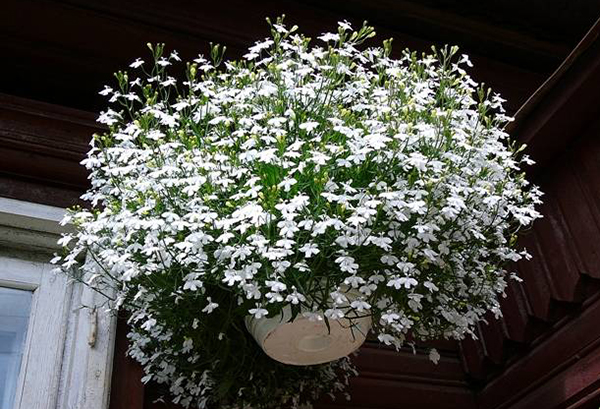
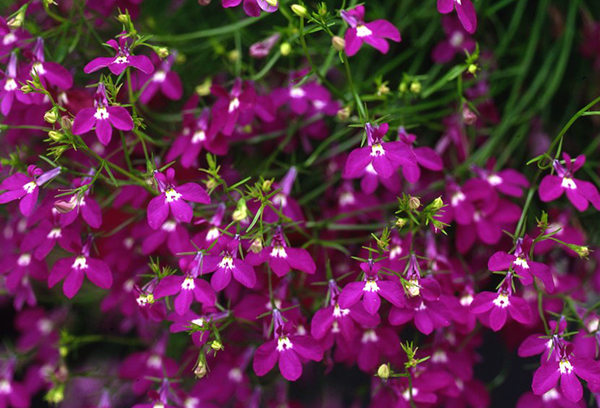
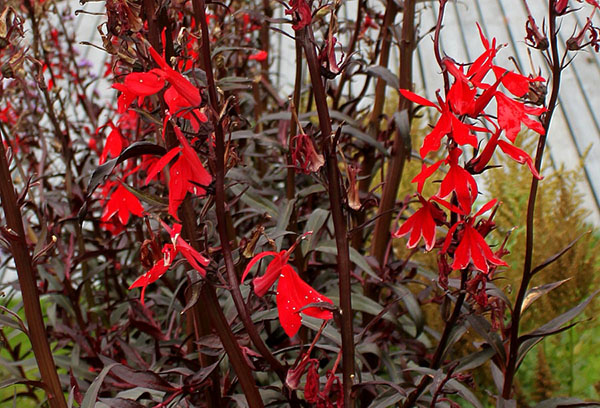
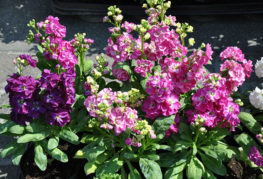
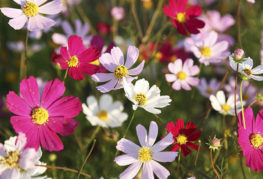
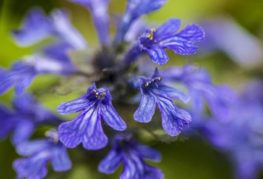
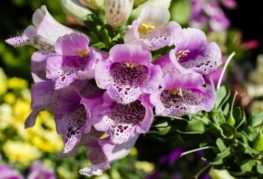
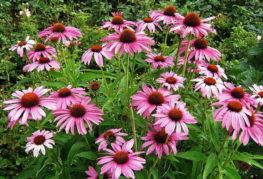

and will be published shortly.